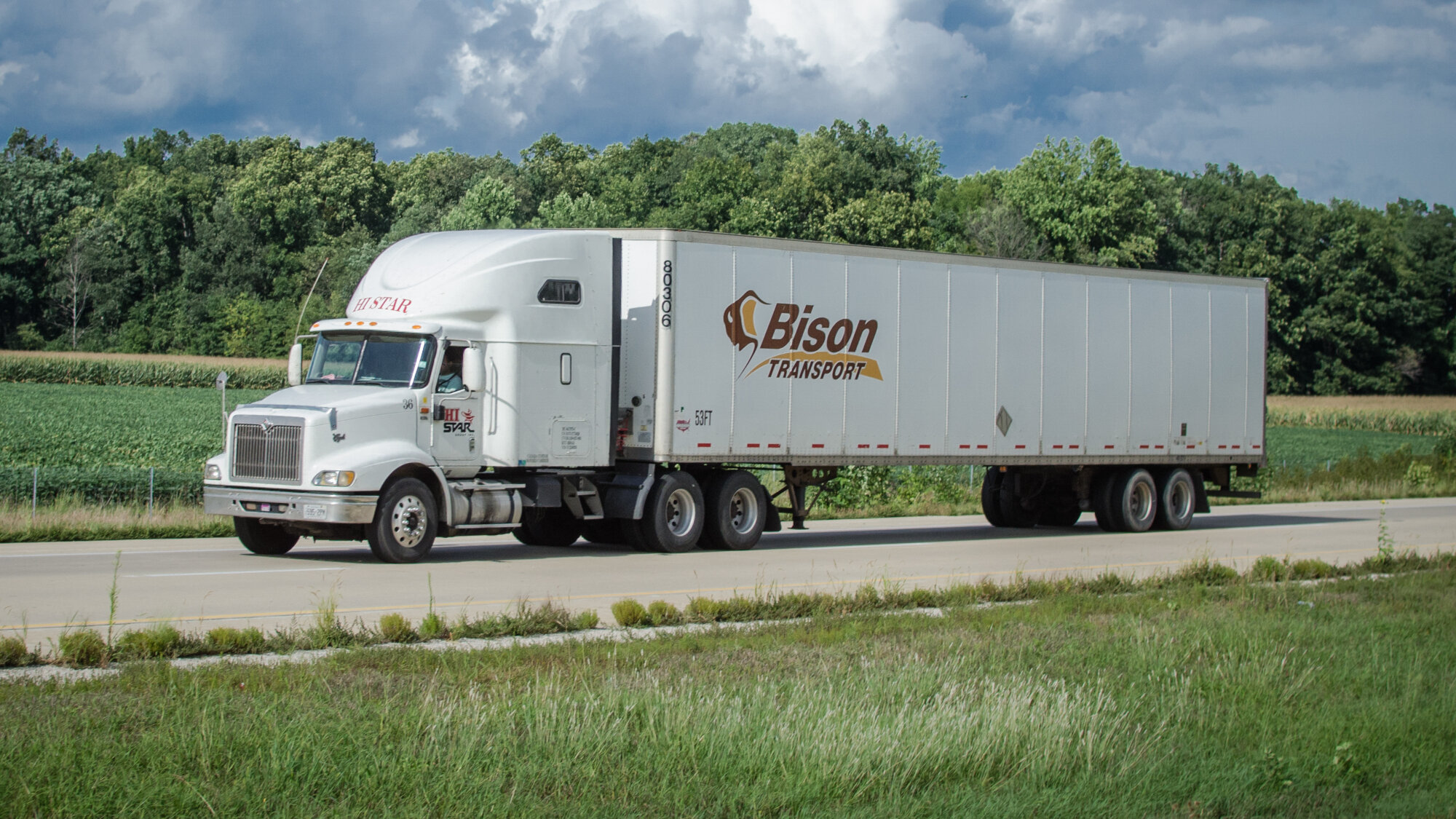
Image: Jim Allen/FreightWaves
by FreightWaves Todd Maiden
In a note to clients providing a 2020 outlook and a preview of fourth-quarter earnings, Morgan Stanley analyst Ravi Shanker lowered earnings estimates for most of the transportation companies he covers.
The analyst took down earnings estimates for less-than-truckload (LTL) carriers and railroads in the fourth quarter of 2019, with mixed actions taken on global logistics companies, as some estimates moved higher and some lower. The bulk of the earnings cuts were made to the fourth quarter, with more modest alterations made to 2020.
The average estimate reduction for the railroads was 6% in the fourth quarter and 1% in 2020. LTL estimates were reduced by 11% on average for the fourth quarter and virtually unchanged for 2020. However, more meaningful estimate reductions were made for the truckload (TL) carriers. On average, Shanker reduced estimates 15% for the fourth quarter and nearly 10% for 2020.
“Based on recent conversations with [management] teams, we believe 4Q could be one of the toughest quarters in recent memory across the board,” said Shanker. Further, he said that he expects “2020 guidance issued over the next four weeks to be muted.”
TL outlook
On the TLs, Shanker said that spot rates have rebounded off the bottom and that recent proprietary surveys have been reflective of an improving capacity and rate dynamic. He called out five regulatory catalysts that will curb truck capacity meaningfully in 2020. They are the final implementation of the electronic logging device (ELD) rule requiring carriers to convert from automatic on-board recording devices (AOBRDs); an increase in insurance rates in reaction to nuclear verdicts; required reporting of failed tests with the Drug & Alcohol Clearinghouse; the potential for increases in diesel fuel due to the International Maritime Organization (IMO) 2020 regulation; and California Assembly Bill 5 (AB5) limiting the scope of what is considered an independent contractor.

DAT Longhaul Van Freight Rate (National) – SONAR: DATVF.VNU
Shanker’s thesis contends that as truck capacity exits the industry, forced or otherwise, TL rates will move higher and earnings will improve. He sees these catalysts as reasons to favor the TL stocks.
He said that near-term earnings results may not matter as the stocks have “divorced” from fundamentals, pointing to the fact that when Knight-Swift Transportation Holdings Inc. (NYSE: KNX) negatively preannounced earnings expectations for the fourth quarter, the stock ended the next trading session flat.
In its announcement, Knight-Swift blamed an oversupply of TL capacity and a muted sequential improvement in demand from the third to the fourth quarter. This resulted in fewer seasonal project freight opportunities that normally carry a high yield. The carrier said that “rate increases were less than anticipated, leading to reduced revenues and lower-than-expected operating income.”
Shanker said that most investors will look past fourth quarter 2019 earnings results, focusing more intently on 2020 rate and demand expectations from management teams. Shanker believes that valuation multiples for the TL stocks remain within “historical averages” compared to the stocks of companies in other modes of transportation.
He said that while most investors are likely looking for slightly negative to flat contract rates in 2020, he sees a scenario in which spot market TL rates could increase in the double-digit range by the second half of 2020 given the aforementioned potential capacity restricting catalysts. He noted that cost headwinds including increases in insurance premiums could weigh on margins (operating ratios, ORs) but that improved revenue due to rate increases could “soothe” OR headwinds.
Other modes
Shanker cautioned on a blanket trade and recommended against adding exposure to all transportation stocks on the premise that year-over-year comparisons will be easier in 2020.
He noted a continuation in year-over-year rail volume declines, which accelerated through the fourth quarter as a reason for caution. Further, he cited secular declines in demand for commodity groups like coal, energy, automotive and intermodal as headwinds. Intermodal volumes were down 5% in 2019, according to the Association of American Railroads, as lower TL spot rates have narrowed the normal cost savings gap between TL and intermodal. Additionally, Shanker said that slowing pricing momentum was another headwind for the rails and cautioned on the stocks even though year-over-year volume comparisons ease in 2020.
Further, he believes that future cost savings and network fluidity improvements gained from precision scheduled railroading (PSR) may not be as easy to come by given the recent success most railroads have had on this front. In November, rail employment hit a more than five-year low, down 10.6% year-over-year.
Lastly, Shanker said that the outlook for intermodal marketing companies and freight brokers remains lackluster with gross and operating margin compression likely to persist. He said that margin pressure could accelerate in 2020 as TL spot rates improve faster than contract rates – forcing some brokers to pay up for truck capacity – and as newer, digital brokerage houses continue to compete for market share on pricing.
All of Shanker’s fourth-quarter forecasts sit below the current consensus estimates.




















